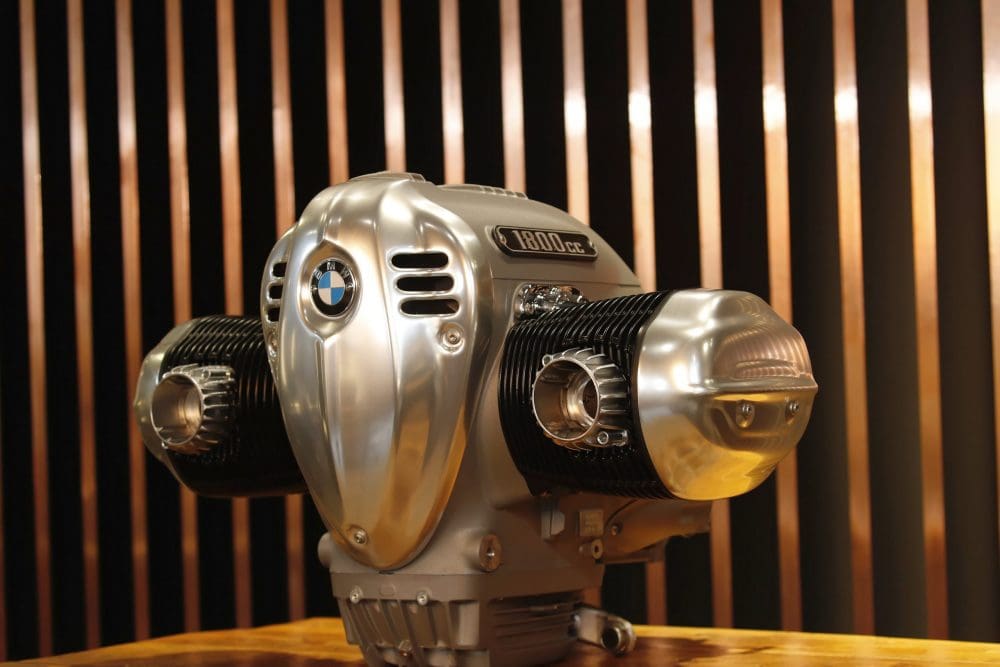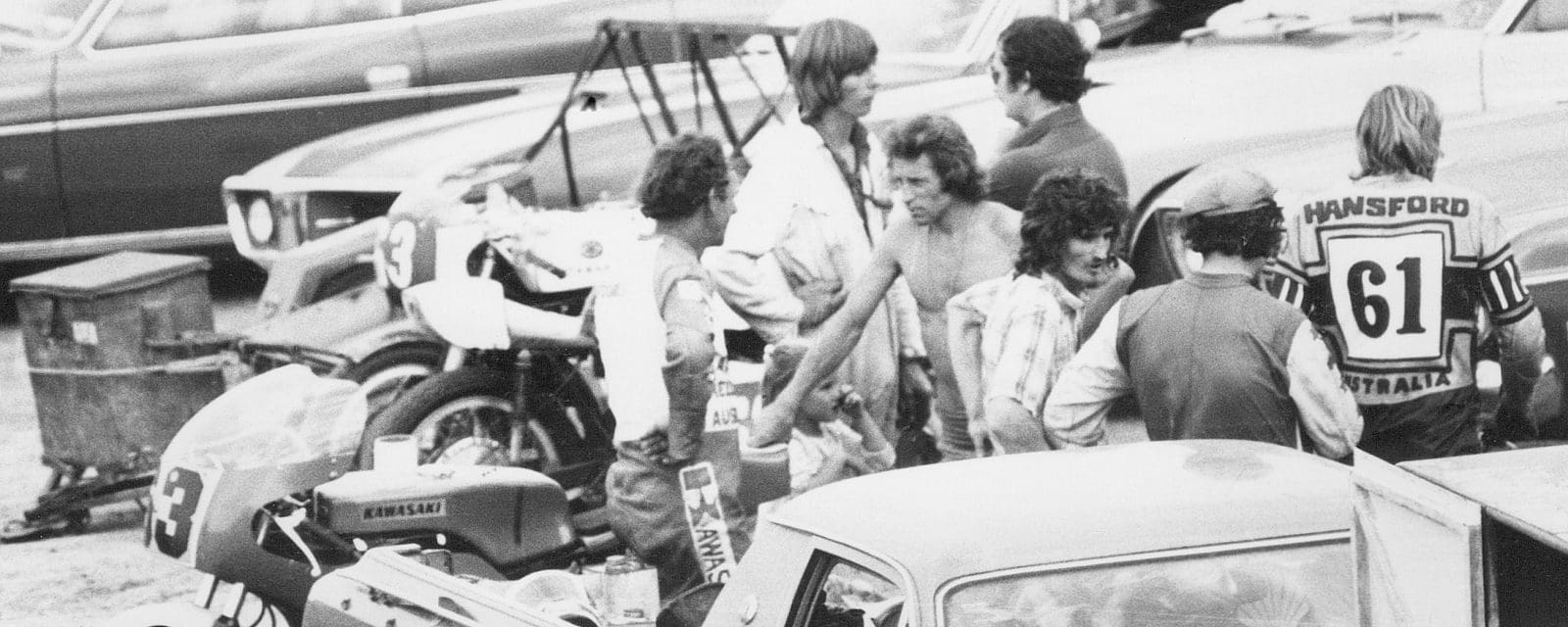Fresh from its eighth consecutive record sales year in 2018, after delivering a total of 165,566 units last year en route to its self-imposed target of breaking the 200,000 annual sales barrier in 2020, BMW Motorrad is now getting ready to go head to head with Harley-Davidson and Indian on the American giants’ home turf. It’s developing a range of Cruiser models as a means to help achieve the coveted status of the world number one in the premium motorcycle sector, which it also wants.
Dr. Markus Schramm, 56, took over as CEO of BMW Motorrad last year. He’s been with BMW since 1991, and immediately before assuming his new role was previously responsible for Corporate and Product Strategy Planning for the entire BMW Group.
He would have been intimately involved in BMW Motorrad’s decision to enter the Cruiser sector before taking over leadership of the company’s motorcycle division.
We sat down for a yarn.

Markus, in your previous job you were Head of Corporate Strategy for the BMW Group, and as such presumably responsible for initiating the path that BMW Motorrad has followed recently. Are you satisfied that things have worked out in the way that you intended them?
Yes, I think so. Being responsible for the BMW Group planning meant I was also involved in determining the motorcycle division’s product strategy, and I believe we have an extremely broad range in our model portfolio, and at the same time, a very good ongoing development of the brand in the premium motorcycle and maxi-scooter sectors. Maintaining this status is my No.1 priority – our greatest asset is the BMW brand.
The most significant market segment that BMW is not present in at the moment is the cruiser sector. BMW was somewhat successful with the R 1200 C Custom made between 1997 and 2004, manufacturing over 40,000 examples – but nothing since. What plans are there for BMW to return to the cruiser market?
The American market is big, and our market share is small. Why is our market share small? It’s because the single biggest and most dominant segment is the cruiser one, and I can tell you now that we are no longer just sitting and looking at how big this segment is. We will come with our own very emotional, very attractive and completely authentic BMW solution to this segment not so very far in the future.
Will that be a twin-cylinder solution as opposed to, say, a six-cylinder design? Both types of engine are presently in your line-up.
Let us just surprise you with the solution we’re working on – and sooner rather than later. The wait will be worth it, you’ll see!
What will your strategy be? Do you want to have something that is a direct competitor to the American V-twin cruisers, or do you want to try and carve a new niche in the custom market for BMW?
I think we must try doing it our own BMW way. We never copy anyone, and that will apply for this segment as well. It’ll be an authentic BMW.
Will you have many different variations, or will there be just one essential model?
Definitely more than one.
Obviously, in creating a new family of bikes the engine takes longer than anything to develop, and in the case of a cruiser engine it also has to look right. So the Boxer Big Twin engine that you gave to the Custom specialists in Japan and then the USA to build bikes around is presumably a prototype of the future BMW Cruiser engine. What were your objectives in terms of styling it?
It was always the plan just to inspire the people out there, to show what could be possible built around this engine, rather than develop a prototype BMW cruiser for us! The first objective was that we gave an engine to these two companies, and told the guys at each one to build a bike around this engine. But to answer the implications of your question, we are indeed very keen on an attractive aesthetic, but also one which can face the realities of production cost-effectively.
I think one important element is that the design and aesthetic of this engine will always be the dominant feature of the bike, so it’s important that these designers really had all the freedom they needed to build their kind of Custom dream bike around it. We wanted to show that it could form the platform for a wide variety of innovative Customs made by specialist builders.

Interview Alan Cathcart Photography AMCN archives & AC











